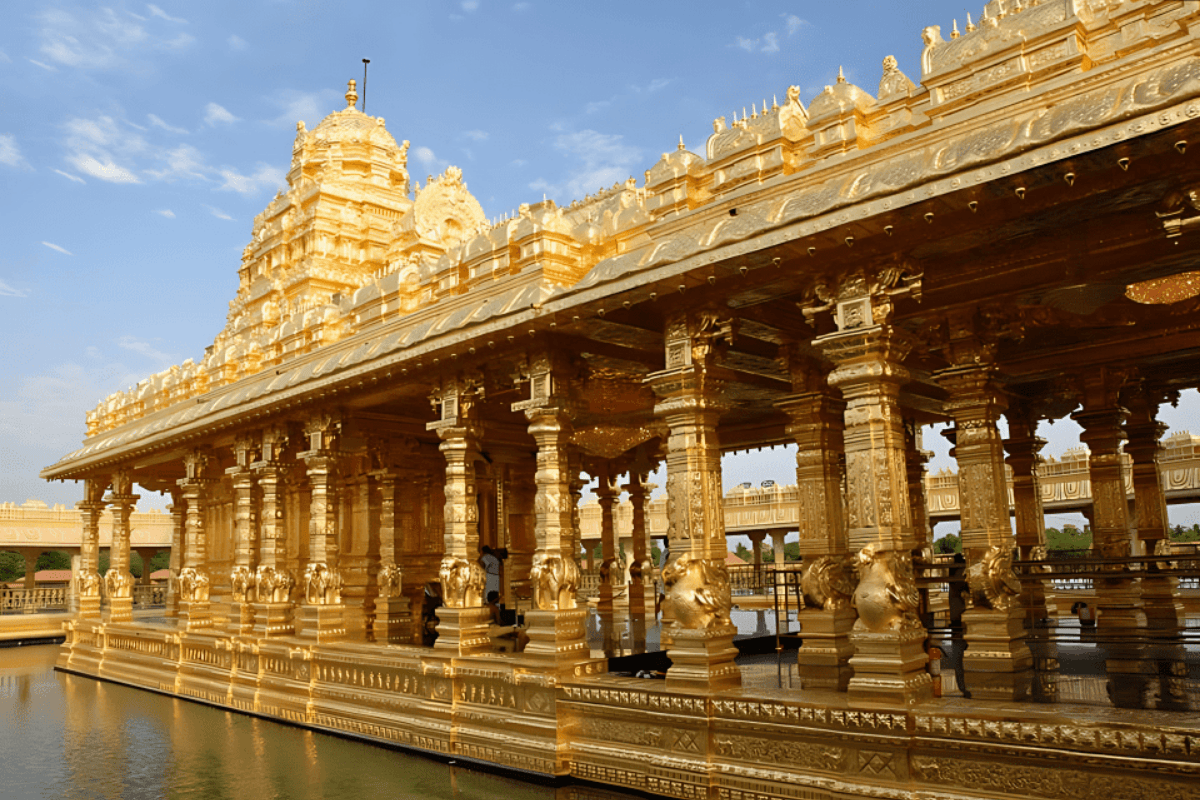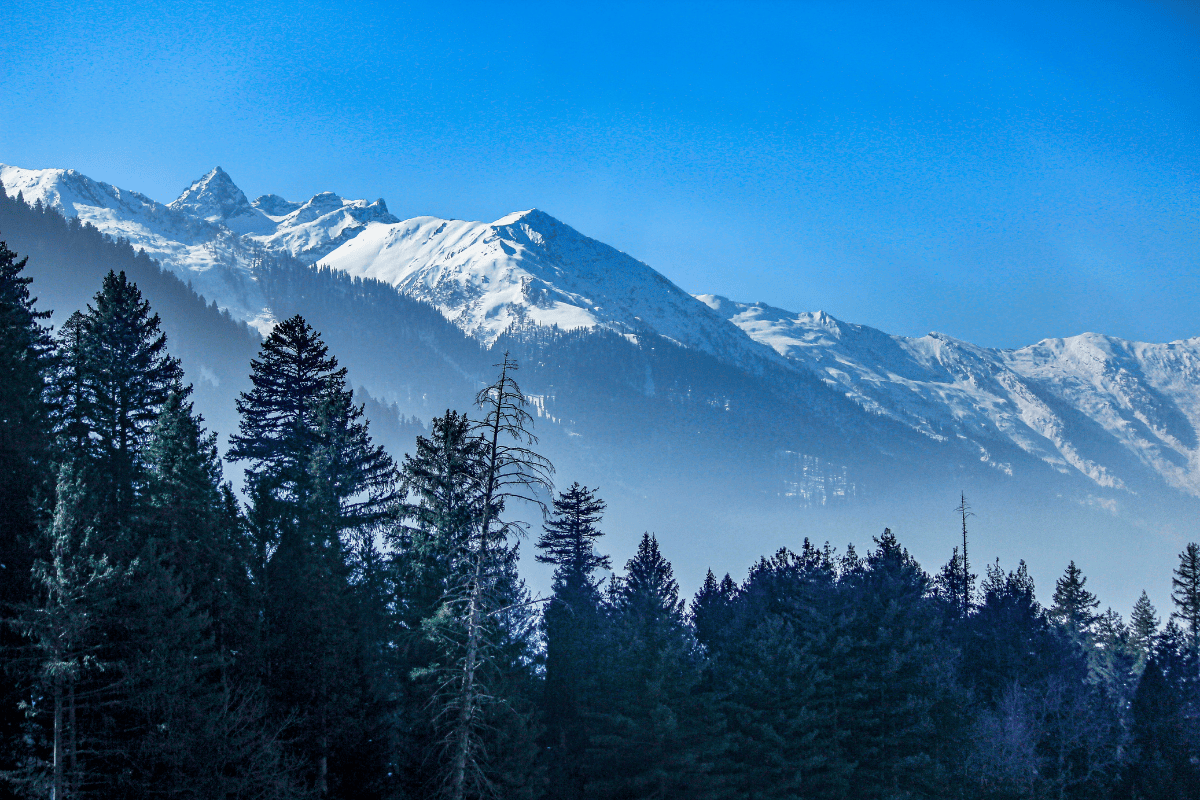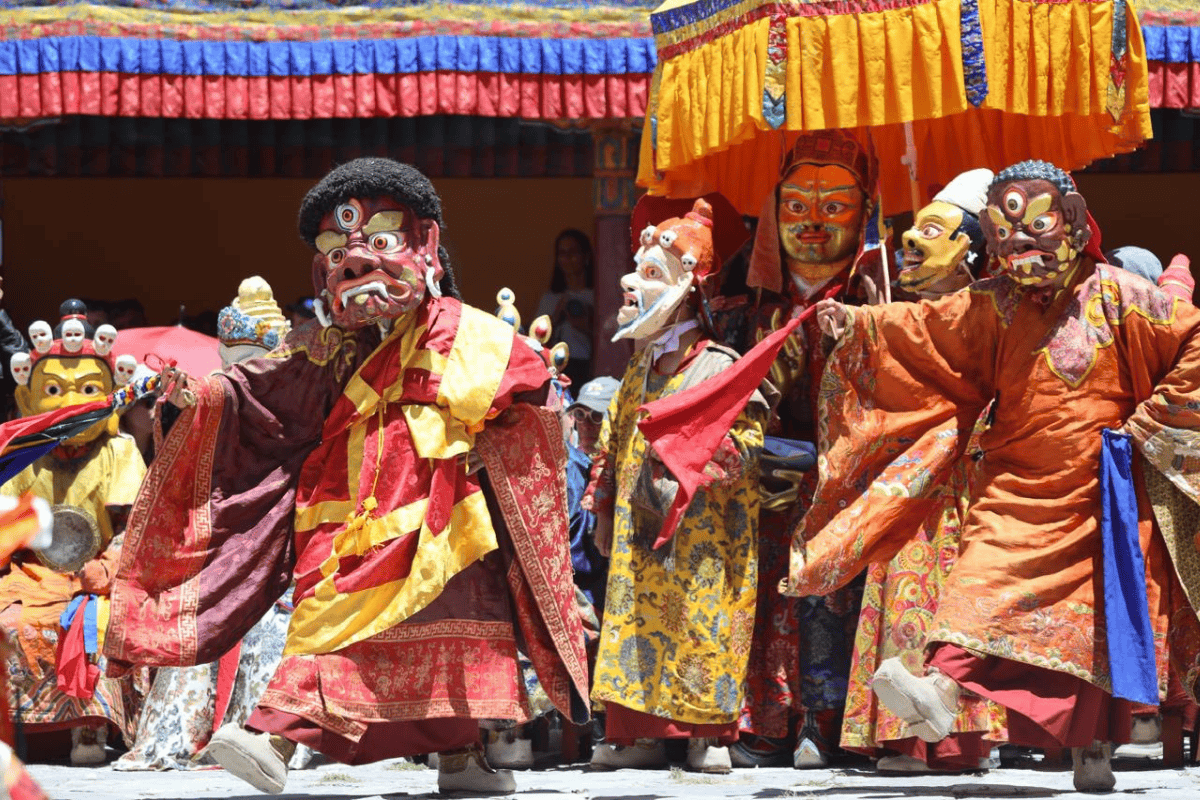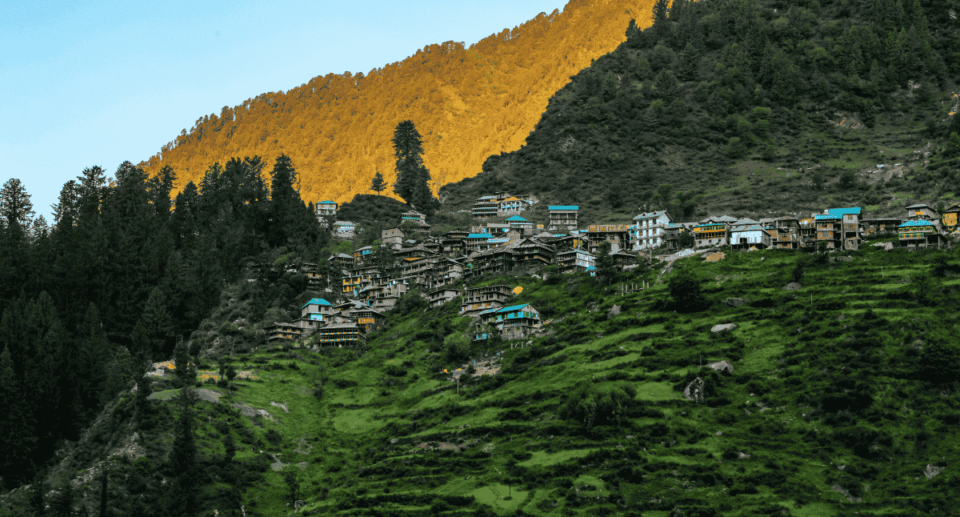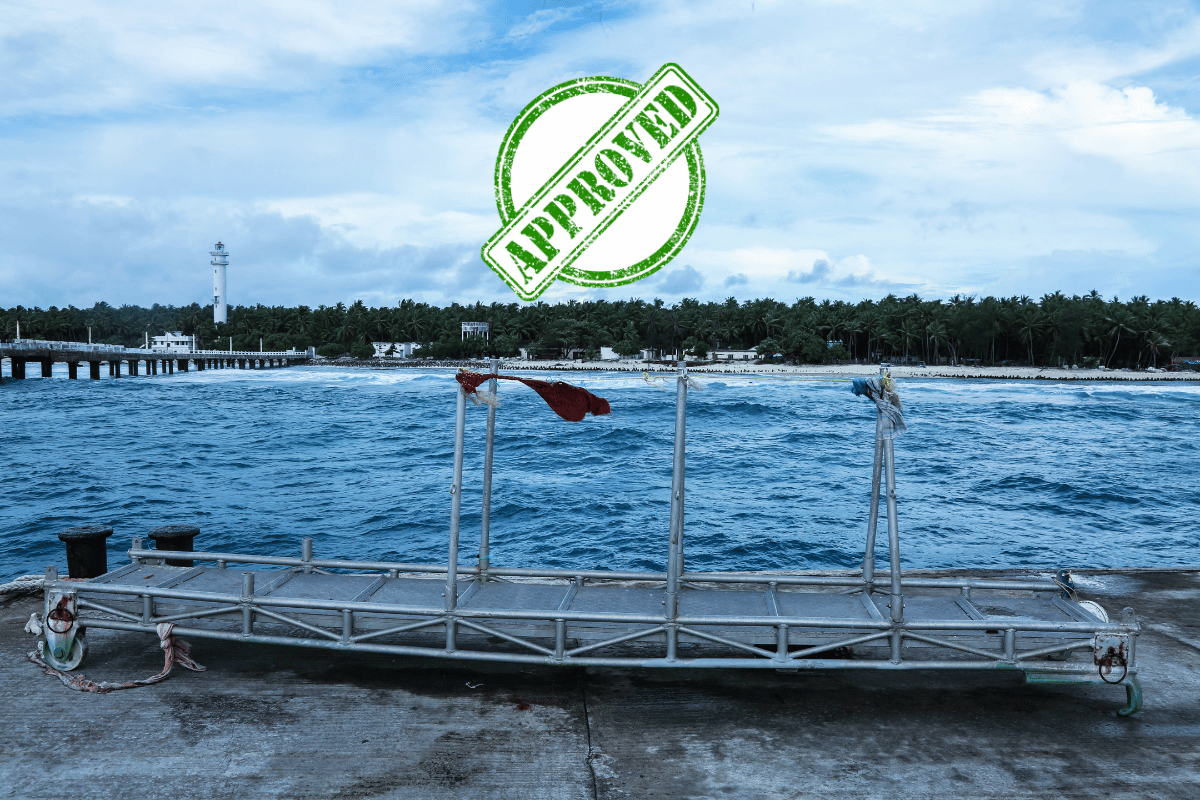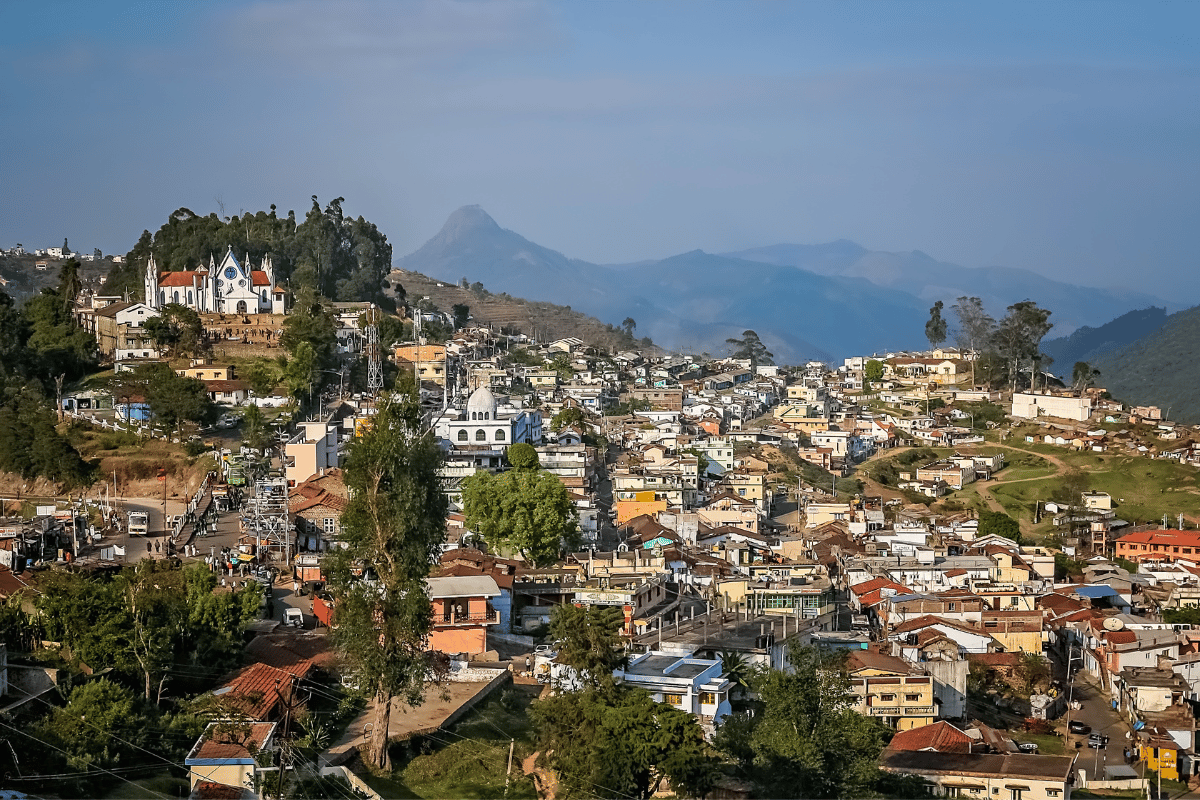Dhanushkodi: The Ghost Town of Tamil Nadu
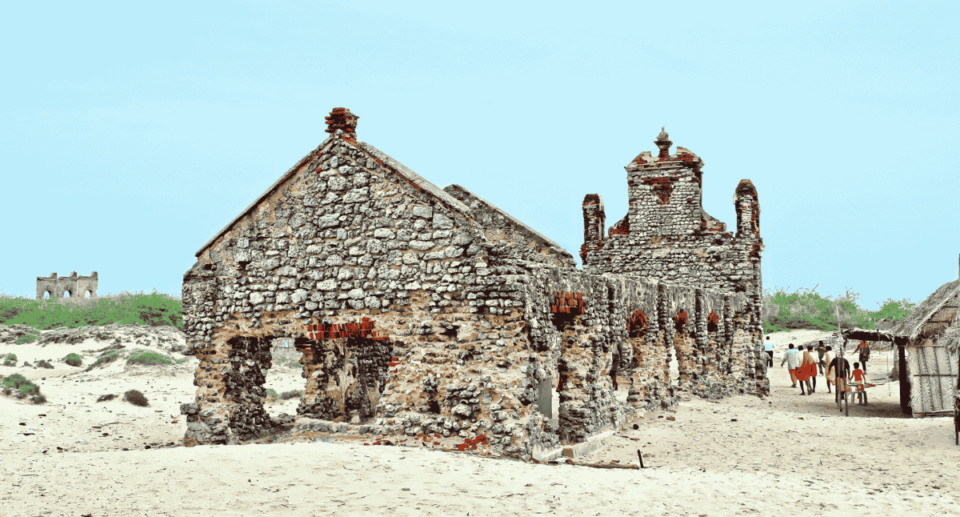
Dhanushkodi, located on the southeastern tip of Tamil Nadu, is a fascinating place with a mix of history, spirituality, and natural beauty. Once a thriving town, it is now a ghost town after being destroyed by a massive cyclone in 1964. Despite its tragic past, Dhanushkodi attracts visitors for its untouched beauty, religious significance, and unique landscapes.
Table of Contents
History of Dhanushkodi
Dhanushkodi was once a bustling town with a railway station, post office, schools, and houses. It was an important trade hub connecting India and Sri Lanka. However, on the night of December 22, 1964, a powerful cyclone struck the town, bringing massive tidal waves and strong winds. Within a few hours, the entire town was washed away, leaving only a few ruins as a reminder of its past.
After the disaster, the Indian government declared Dhanushkodi uninhabitable, and no permanent settlements were allowed. Today, it stands as a deserted yet captivating place with a haunting charm.
Best Places to visit in Dhanushkodi
Dhanushkodi, a magical ghost town on the southeastern tip of Tamil Nadu, is a must-go to for vacationers looking for adventure, records, and spirituality. Once a thriving city, it was devastated by the 1964 cyclone and now stands as an abandoned but spellbinding vacation spot with breathtaking landscapes. Here are the first-rate places to visit in Dhanushkodi:
1. Dhanushkodi Beach
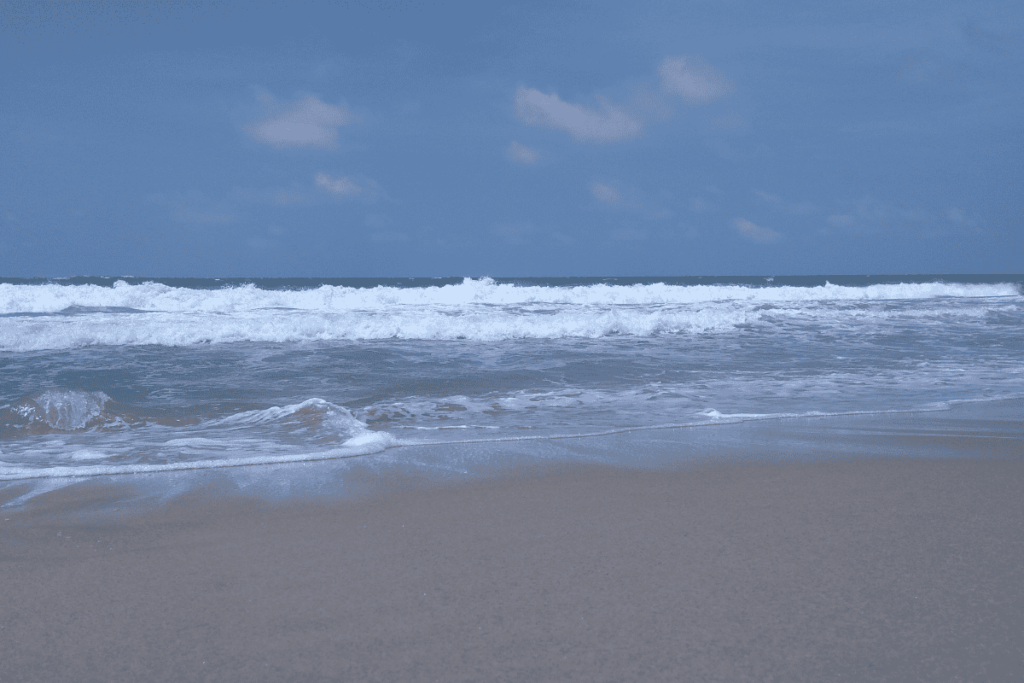
The Dhanushkodi seaside, an untouched and untouched beach, gives a charming view of the merged waters of the Bay of Bengal and the Indian Ocean. Clear blue waters and tender sands make it a great place for relaxation and images.
The seashore insulation will increase its attraction and offers website visitors a experience of peace and quietness. However, swimming isn’t always encouraged because of the robust streams, which is extra suitable for monuments and meditation. Early in the morning and clock of sundown, they offer website traffic with the high-quality surroundings to experience the adorable herbal splendor.
2. Ram Setu (Adam’s Bridge)
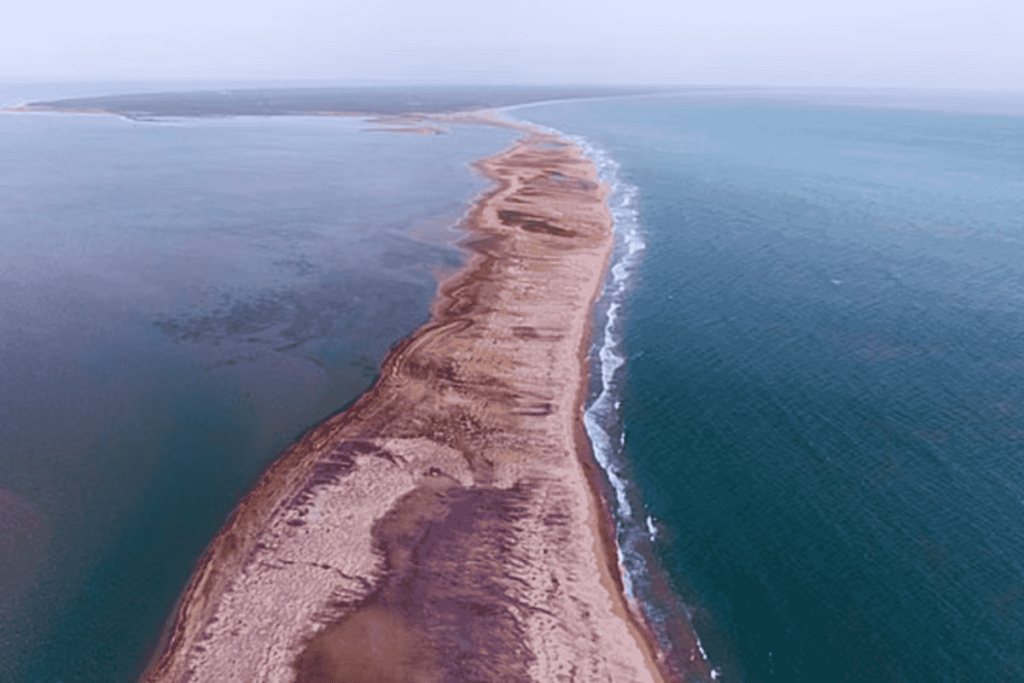
One of the most charming and debated landmarks, Ram Setu, also called Adam’s Bridge, is a series of limestone shoals connecting India and Sri Lanka. According to the Ramayana, Lord Rama and his military built this bridge to rescue Sita from Lanka.
Scientists accept as real, but it was a natural formation, but its mystique continues to attract tourists and researchers alike. The bridge is visible in satellite tv for pc television for pc pix and has been a topic of interest for historians and geologists. Boat rides throughout the location provide a better view of this legendary structure, making it an interesting experience for site visitors.
3. Dhanushkodi Ruins
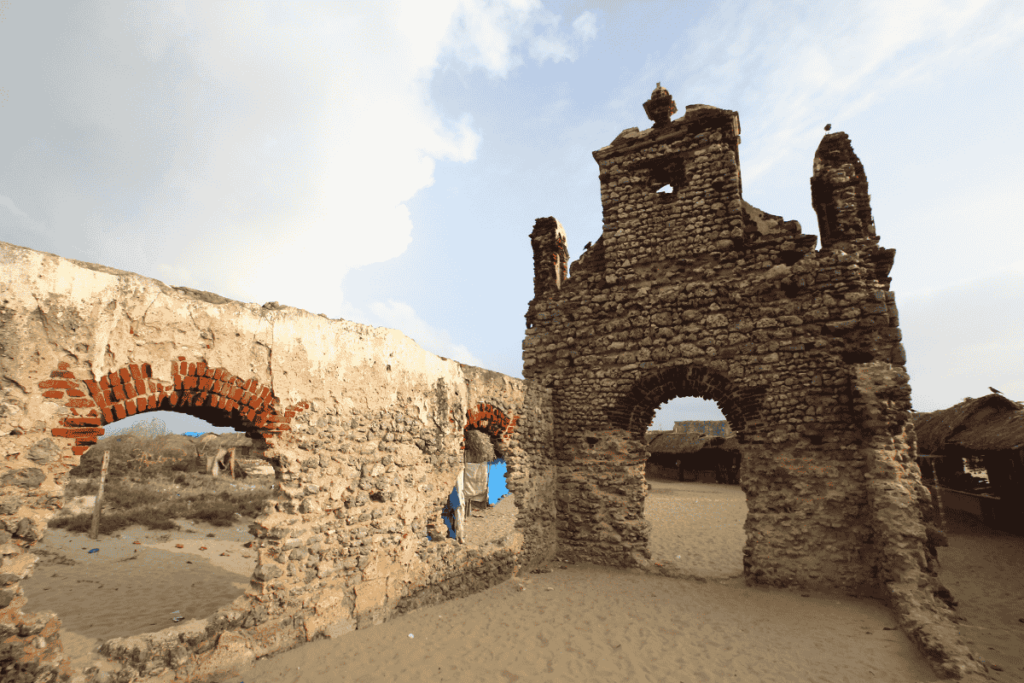
The ruins of Dhanushkodi tell a unhappy however thrilling story. The remnants of the railway station, church, and the submit place of job, and extraordinary homes stand as silent witnesses to the devastating cyclone that destroyed the metropolis. Walking via those ruins offers visitors a haunting but awe-inspiring experience.
The eerie silence, blended with the historical remnants, makes it a place in which time seems to have stood still. Photographers and information fanatics regularly locate this vicinity fascinating, as each spoil has its own tale to tell. Visitors can also have an interaction with locals who have firsthand payments of the city’s past glory and subsequent destruction.
4. Arichal Munai (Land’s End)
Also referred to as India’s Land’s End, Arichal Munai is the final point of Dhanushkodi earlier than Sri Lanka’s Palk Strait starts. The scenic splendor of this spot, with infinite sea views and robust winds, makes it a remarkable vacation spot for images and solitude seekers. The feel of repute on the very tip of India is a thrilling experience.
The remarkable stretch of barren land, with ocean waves crashing on both aspects, creates a surreal landscape. Visitors regularly discover themselves out of place in the tranquility of this far off location, making it an notable spot for introspection and non-violent contemplation.
5. Rameswaram Temple
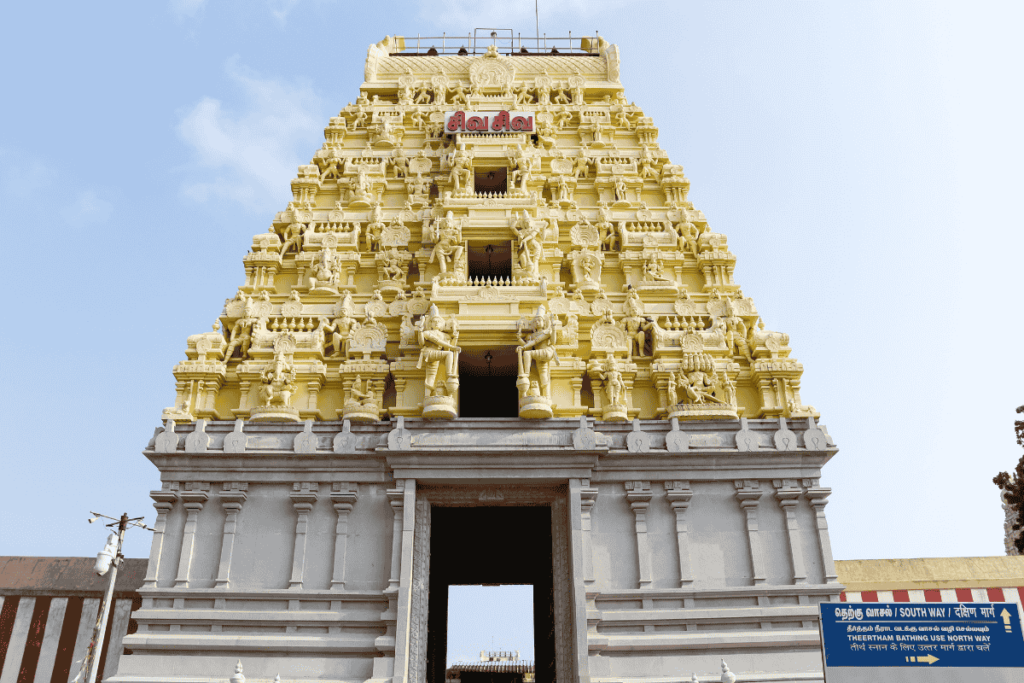
While technically no longer in Dhanushkodi, the well-known Ramanathaswamy Temple in Rameswaram is a religious landmark that most web page visitors include in their itinerary. Dedicated to Lord Shiva, it’s miles one of the twelve Jyotirlingas and is famous for its beautiful shape and holy water wells.
The temple’s prolonged corridors, superbly carved pillars, and sacred water tanks make it a must-visit for devotees and travelers alike. Many pilgrims go to this temple earlier than heading to Dhanushkodi, as it’s miles believed that a go to to Rameswaram completes their spiritual journey.
6. Kothandaramaswamy Temple
A small but traditionally sizeable temple, Kothandaramaswamy Temple is assumed to be the location in which Vibhishana, the brother of Ravana, surrendered to Lord Rama. The temple survived the 1964 cyclone and remains a peaceful internet site for devotees and records enthusiasts. The temple is surrounded with the resource of water on three sides, which adds to its mystical charm. Despite its small size, it holds top-notch religious significance and attracts site visitors who want to discover its mythological roots.
7. Pamban Bridge
Before achieving Dhanushkodi, tourists move the long-lasting Pamban Bridge, India’s first sea bridge. This engineering marvel connects Rameswaram to the mainland and gives a wide-ranging view of the substantial ocean, especially at the same time as a train passes through.
The bridge is a favorite spot for photographers and journey seekers. The revel in of crossing over the ocean, feeling the cool sea breeze, and witnessing the giant expanse of water makes it a highlight of the journey.
Why is Dhanushkodi Special?
1. Mythological Connection
Dhanushkodi has deep roots in Hindu mythology. It is believed that Lord Rama and his army built the famous Ram Setu (Adam’s Bridge) from here to Sri Lanka, as mentioned in the epic Ramayana. According to legend, after rescuing Sita, Lord Rama used his bow (Dhanush) to break the bridge, which gave the place its name—Dhanushkodi (meaning “bow’s end”).
2. Merging of Two Seas
Dhanushkodi is one of the few places in India where you can see the Bay of Bengal and the Indian Ocean merge. The difference in the color of the two water bodies is visible, making it a breathtaking sight.
3. A Peaceful, Unexplored Destination
Unlike crowded beaches and hill stations, Dhanushkodi remains untouched by heavy tourism. Its isolated beaches, serene environment, and stunning views make it perfect for those looking for a peaceful getaway.
Nearby Hotels and Accommodations to Dhanushkodi
Though there are no resorts in Dhanushkodi, site visitors can discover comfortable resorts in nearby Rameswaram. Here are a number of the first-rate options:
1. Hyatt Place Rameswaram
- Location: Near Rameswaram Temple
- Features: Luxury stay, cutting-edge facilities, gym and nice dining
- Avg. Price : ₹5,000 – ₹7,000
- Rating: ⭐⭐⭐⭐⭐
2. Daiwik Hotel
- Location: 2 km from Ramanathaswamy Temple
- Features: Spiritual retreat, vegetarian eating place, spa, convention room
- Price Range: ₹3,500 – ₹5,500
- Rating: ⭐⭐⭐⭐
- Location: Close to Agnitheertham
- Features: Budget-quality, unfastened Wi-Fi, in-residence dining
- Price Range: ₹2,000 – ₹4,000
- Rating: ⭐⭐⭐
- Location: Beachfront belongings near Rameswaram Temple
- Features: Cozy rooms, in-residence dining, outstanding sea perspectives
- Price Range: ₹3,000 – ₹5,000
- Rating: ⭐⭐⭐⭐
Other Scenic Attractions Near Dhanushkodi
- Agnitheertham – A sacred bathing spot in Rameswaram appeared for its spiritual importance.
- Gandhamadhana Parvatham – The highest point in Rameswaram, offering panoramic perspectives.
- Villoondi Tirtham – A freshwater spring with mythological importance.
- Dr. A.P.J. Abdul Kalam Memorial – A tribute to India’s former President, positioned in Rameswaram.
Best Time to Visit Dhanushkodi
• Winter (October to February) – The best time to visit, as the weather is pleasant.
• Summer (March to June) – Can be very hot, making sightseeing uncomfortable.
• Monsoon (July to September) – Heavy rains and strong winds may disrupt travel plans.
For the best experience, plan your trip between November and February.
How to Reach Dhanushkodi?
How to Reach Dhanushkodi?
Dhanushkodi is well-connected to nearby cities, and reaching this historic and scenic destination is easy with multiple transport options. Since it is a remote location, Rameswaram serves as the main transit point before heading to Dhanushkodi.
1. By Air (Nearest Airport)
The nearest airport to Dhanushkodi is Madurai Airport (IXM), located around 180 km away. From Madurai, you can hire a cab or taxi or take a bus to Rameswaram. From Rameswaram, you need to travel 20 km further to reach Dhanushkodi by road.
2. By Train (Nearest Railway Station)
The nearest railway station is Rameswaram Railway Station (RMM), which is well-connected to Chennai, Madurai, Trichy, and Coimbatore. From Rameswaram, you can take a taxi, auto-rickshaw, or a local bus to reach Dhanushkodi.
3. By Road (Bus, Car, or Bike)
Dhanushkodi is accessible only by road from Rameswaram, and the journey offers stunning views of the ocean on both sides.
- By Bus:
Regular Tamil Nadu government buses and private buses operate from Rameswaram to Dhanushkodi. The last stretch of the journey (approx. 10 km) is known as Arichal Munai and is one of the most scenic coastal roads in India.
- By Car or Taxi:
You can hire a private taxi from Rameswaram, which takes 30-40 minutes to reach Dhanushkodi. Self-driving is also a great option for those who love road trips.
- By Bike:
• Many adventure seekers prefer riding a bike from Rameswaram to Dhanushkodi to experience the breathtaking route.
Important Travel Tips
- Best Route: Madurai → Rameswaram → Dhanushkodi
- Last Transport Stop: After a point, vehicles are not allowed beyond Arichal Munai (Land’s End).
- Ideal Travel Time: Early morning or late afternoon to avoid the midday heat.
- Permits: No special permit is required to visit, but be mindful of high tides and weather conditions.
Final Thoughts
Dhanushkodi is more than just a ruined town; it is a place where history, mythology, and nature blend beautifully. Whether you’re a spiritual seeker, a history lover, or a nature enthusiast, this unique destination has something for everyone. With its breathtaking views, peaceful surroundings, and mysterious past, Dhanushkodi is a must-visit for anyone exploring Tamil Nadu.

